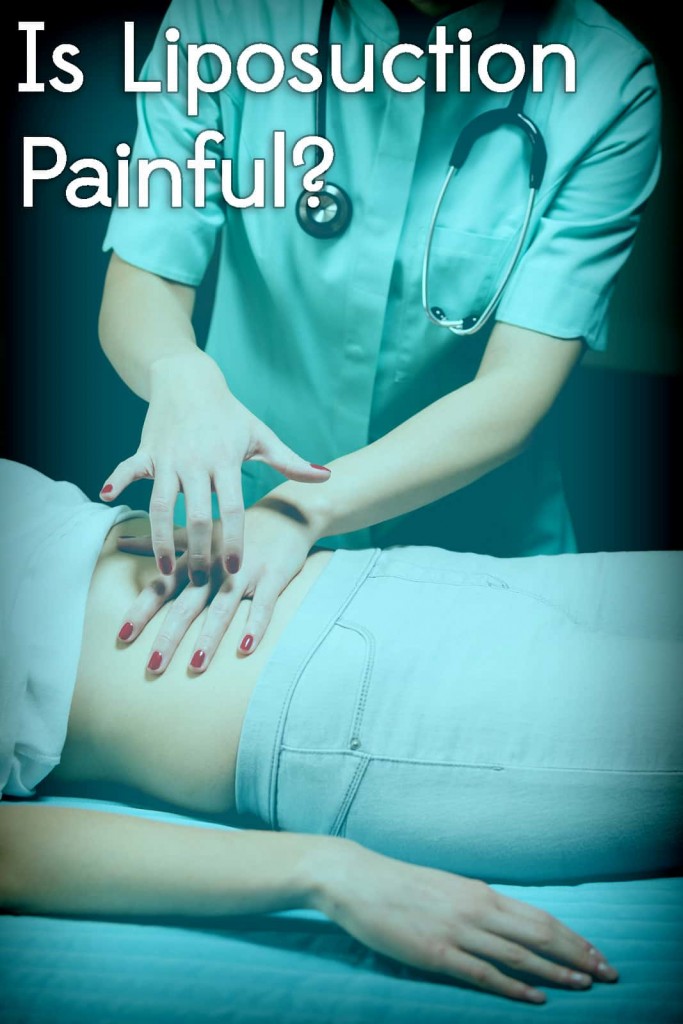
Liposuction is a body contouring procedure that removes pockets of fat from various regions of the body such as the buttocks, thighs and abdomen. Like many surgeries, it can take some time for you to be up and moving afterwards. Depending on which areas of the body were treated and how much liposuction was performed, you may be sore (but functional) the day after the treatment. Does the type of anesthesia used during surgery make a difference in your pain level and how can the pain be managed?
General Anesthesia VS. Local Anesthesia
Swelling, bruising and tenderness are typical after surgery and the amount of pain you experience depends on the type of anesthesia used during the procedure. For patients having liposuction, general anesthesia and local anesthesia are the two options available.
Local anesthesia is generally considered to be the safest method of anesthesia use during liposuction. Liposuction with local anesthesia tends to be less painful since large volumes of a solution are pumped into the treatment area during the procedure. The solution contains a mixture of saline, lidocaine and epinephrine. Lidocaine is the local anesthetic which keeps the treated area numb for 12 to 24 hours. The pain after using local anesthesia is said to be no more than soreness or tenderness and this degree of discomfort rarely requires pain medication greater than Tylenol.
Liposuction using general anesthesia is more painful following the procedure since local anesthesia is not used in the treatment area. The pain is normally intense and your doctor will prescribe narcotics to help with pain management. Narcotics can cause constipation so be sure to follow all directions and drink plenty of water. Additionally, the medications used with general anesthesia can cause post-surgical symptoms such as nausea, vomiting and post-op chills.
Compression Garments
An elastic compression garment, which is placed on the treated area, helps decrease pain especially if the surgeon used an open-drainage technique. When the open-drainage method is used, the surgeon does not use stitches to close the tiny incisions. Instead, drains are used to encourage the release of the blood tinged anesthetic solution which can cause inflammation as well as further swelling and bruising. By wearing the compression garment, the amount of swelling is controlled and the pain is reduced. Although the drainage will stop after a few days, the compression garment must be worn 24 hours a day for several weeks. However, the garment can be removed on the second day so you can take a shower. You may experience a dizzy feeling the first time the garment is removed. To prevent this sensation, patients are advised to remove the outer layer of the garment 10-minutes before the inner layer.
Ask Your Doctor
When it comes to the amount of pain you might experience thanks to liposuction, consult with your doctor before making a final treatment decision. The doctor can walk you through the liposuction process in order to determine the best lipo technique to achieve your desired goals. Your physician can give you more information about the amount of pain liposuction surgery can cause you as well as the best methods to control any post-surgery pain or discomfort.
-SP




